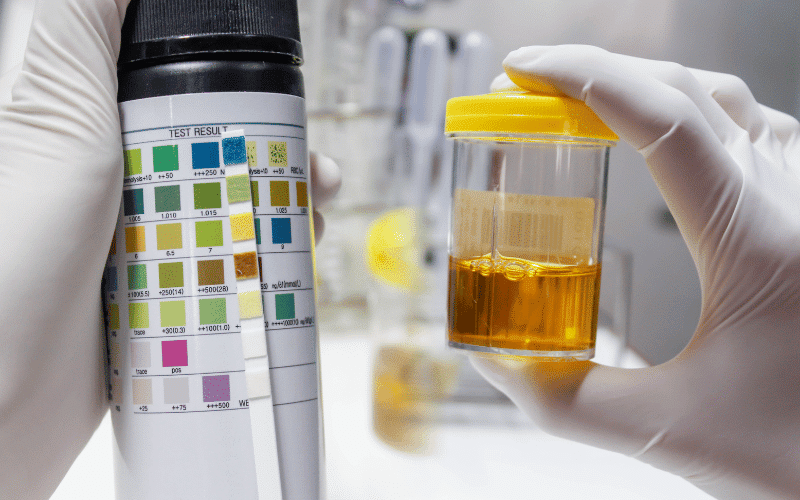Symptom 2: Foamy or Dark Urine: A Clue Hidden in Plain Sight

Changes in your urine can be a critical indicator of glomerulonephritis. If you notice your urine appears dark, reddish-brown, or foamy, it could signal the presence of blood or excess protein, which are hallmark signs of this kidney condition. Monitoring your urine for any changes in color, consistency, and frequency is crucial for early detection and intervention.
Dark or reddish-brown urine, also known as hematuria, is often caused by blood in the urine. This can result from glomerular inflammation, which allows red blood cells to leak into the urine. Hematuria may be visible to the naked eye (gross hematuria) or detectable only under a microscope (microscopic hematuria).
Foamy urine, on the other hand, is usually a sign of proteinuria – the presence of excess protein in the urine. When the glomeruli are inflamed, they lose their ability to retain protein, allowing it to leak into the urine. As a result, the urine appears frothy or bubbly due to the higher protein content.
It’s essential to consult your healthcare provider if you notice any changes in your urine. They can perform diagnostic tests, such as urinalysis and blood tests, to determine the underlying cause and develop a suitable treatment plan. In cases of glomerulonephritis, early intervention can help prevent further kidney damage and improve your long-term outlook. (2)